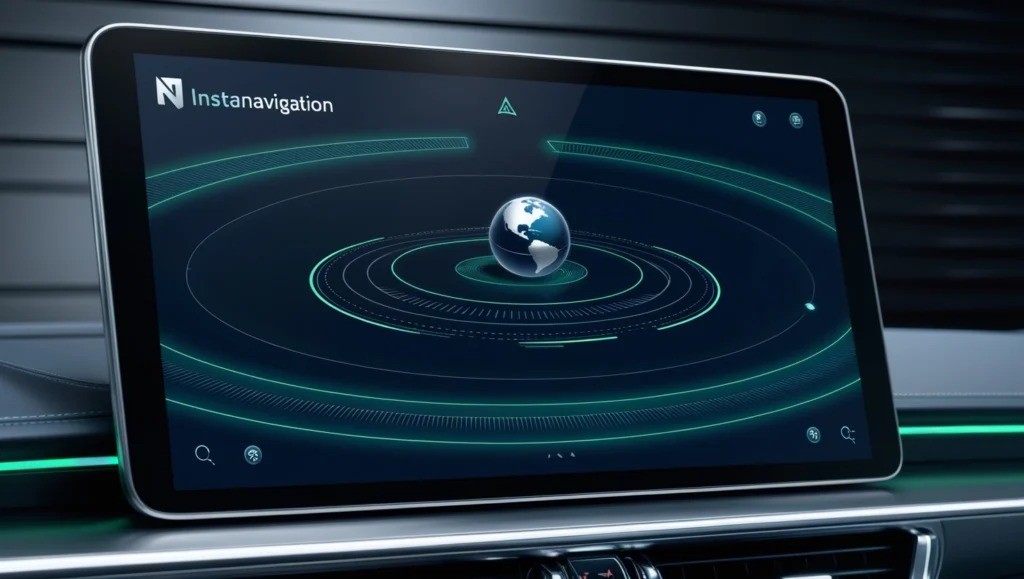INTRODUCTION
In the fast-paced digital world, user experience (UX) has become paramount. A well-designed website not only attracts visitors but also keeps them engaged. One crucial element in achieving a seamless UX is navigation. Instanavigation is a modern approach that prioritizes quick and intuitive access to information within a website.i also like (Owala Water Bottle) (Buy this sunglasses for you)
What is Instanavigation?
Instanavigation is a navigation method that aims to minimize the number of clicks required for users to reach their desired content. It often involves:
- Intuitive Menus: Clear and concise menus that are easy to understand and navigate.
- Breadcrumbs: A trail of links that shows the user’s current location within the website.
- Search Functionality: A powerful search bar that allows users to quickly find what they’re looking for.
- Sticky Navigation: Menus that remain fixed at the top or bottom of the page, providing easy access throughout the user’s journey.
- Mega Menus: Dropdown menus that display a large amount of information in a visually appealing way.
Benefits of Instanavigation
- Improved User Experience: Instanavigation reduces frustration and improves user satisfaction by making it easier for visitors to find what they need.
- Higher Conversion Rates: A well-organized navigation system can lead to increased conversions as users are more likely to complete their desired actions.
- Better SEO: Instanavigation can positively impact SEO by improving website structure and user engagement.
- Enhanced Website Accessibility: Instanavigation can make websites more accessible to users with disabilities by providing clear and intuitive navigation options.
Best Practices for Instanavigation
- Keep it Simple: Avoid overly complex navigation structures that can confuse users.
- Use Clear Labels: Label menu items and links in a way that is easily understandable.
- Prioritize Important Content: Place the most important content at the top or left of the navigation menu.
- Test Regularly: Conduct usability testing to identify any navigation issues and make necessary improvements.
- Optimize for Mobile: Ensure that your navigation system is responsive and easy to use on mobile devices.
- Consider Search Functionality: A robust search function can help users find specific information quickly.
- Use Visual Cues: Employ visual elements like icons and images to make navigation more intuitive.
- Leverage Breadcrumbs: Breadcrumbs provide context and help users understand their location within the website.
Examples of Effective Instanavigation
- Amazon: Amazon’s navigation is a prime example of effective instanavigation. The search bar, categories, and subcategories are well-organized and easy to use.
- Netflix: Netflix’s navigation is designed to be simple and intuitive, with a focus on browsing and discovering content.
- Booking.com: Booking.com’s navigation allows users to easily search for accommodations based on location, dates, and preferences.
Conclusion
Instanavigation is a crucial component of a successful website. By prioritizing user experience and implementing best practices, you can create a navigation system that helps visitors find what they need quickly and efficiently. This, in turn, can lead to increased engagement, conversions, and overall website success.



